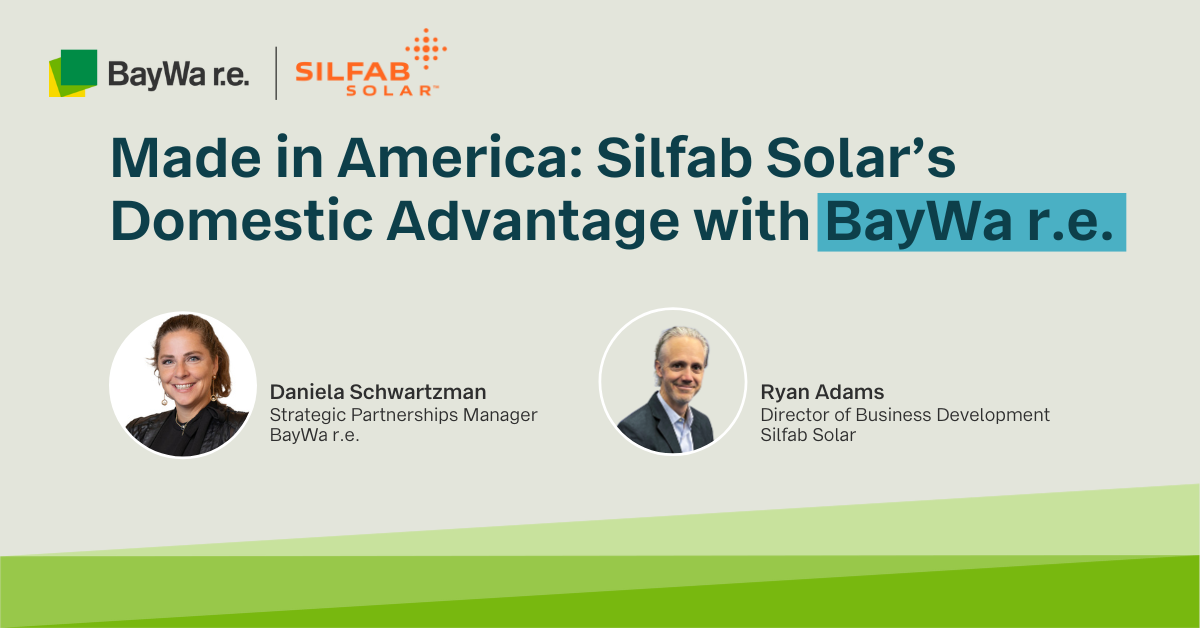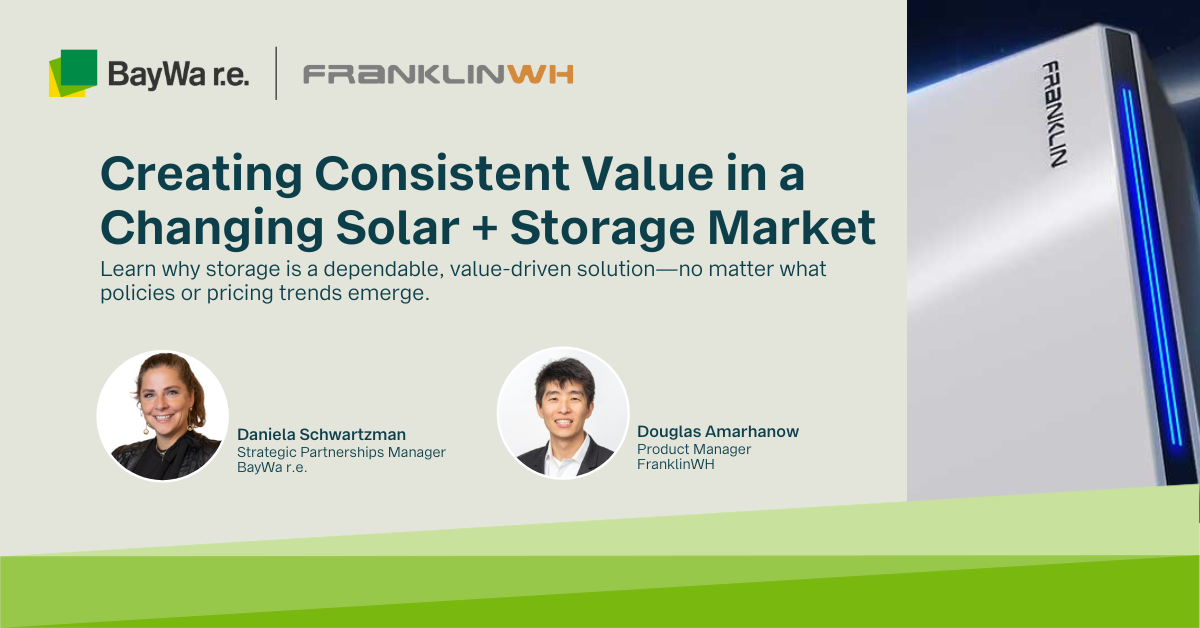
Once a commercial solar project developer has successfully obtained financing from one source of capital, it can be easy to return to the same source with each successive project. It takes time to evaluate new finance providers. There’s also a degree of uncertainty in working with a new provider until you have reached the finish line on a project together.
By the same token, if you haven’t evaluated new sources of capital in a few years, you may discover some opportunities to reduce your cost of capital. This article looks at some of the latest developments in the commercial market. Whether you’re seeking a term loan, a sale-leaseback agreement, a power-purchase agreement, or another form of capital, the trend among finance providers is to increase the simplicity of the transaction.
Commercial solar has tremendous untapped potential. According to a SEIA report called Expanding Solar Deployment Opportunities in the C&I Sector, published in 2017, commercial and industrial properties would need almost 1,400 GW of solar to offset their annual consumption. Through 2015, about 5.4 GW had been installed, even though solar has reached grid parity, or is approaching grid parity, in many parts of the country. Simple financing can eliminate one of the most significant barriers to growth in the commercial solar market.
Loan
In April 2018, Colorado-based Wunder Capital announced that it had raised $112 million to fund projects with 100 kW to 5 MW of capacity. Wunder says loan terms can range from 5 to 15 years, and rates tend to fall between 7 and 9 percent. Funding is available in all US states. Wunder sources capital from large institutional investors and small individual investors.
New York-based Open Energy Group takes a different approach, collecting project data and presenting it to a network of more than 60 banks and lenders to obtain competitive terms for its customers. In June 2018, Bloomberg reported that Open Energy’s financing exchange had matched $35 million prior to the launch of the service and the company was aiming to complete $250 million overall by the end of the year.
Lease
Solar lease financing has lost market share in residential solar as investors and lending institutions have grown more comfortable with the performance of distributed solar as an asset class and consequently improved the terms of loans for rooftop solar. But third-party ownership structures, like sale-leaseback agreements, continue to provide notable benefits in the commercial market. Leasing allows business entities to reduce energy costs without taking on operations and maintenance duties.
Recently, several lease providers have reported on deals that demonstrate how lease financing can help commercial solar projects navigate through complex business deals. For example, California-based Belvedere Solar Finance provided a lease to the San Diego Padres baseball team despite Major League Baseball rules that prevent teams from releasing financial statements. Indiana-based 1st Source Bank entered the commercial solar market in 2017, providing lease and loan financing to public and private entities in Indiana and Michigan, where it serves personal and business clients, as well as Massachusetts, Montana, and Minnesota. 1st Source financed ten projects during its first full year in commercial solar.
Other notable commercial solar financing deals include CIT Group’s $36 million financing for a Nordic Solar portfolio of nine community solar projects in Minnesota and Celtic Bank financing for a 1.5 MW project at the University of Utah.
PPA
Power-purchase agreements create a principal revenue stream for commercial solar project developers. It’s hard to conceive of a commercial project without a PPA. The challenge for developers and energy users has been complexity. In 2017, the Solar Energy Industries Association’s C&I Working Group released a model PPA that’s designed to streamline financing transactions and reduce capital costs. One author of the model PPA, an attorney specializing in renewable energy project finance, told Greentech Media that the standard PPA has the potential to reduce legal costs associated with behind-the-meter C&I projects from about $20,000 to less than $5,000.
One way the model PPA reduces legal costs is simply by cutting word count. Using a 36-page predecessor document as a starting point, the C&I working group whittled the contract down to 23 pages. The attorneys, developers, and others who created the model PPA also attempted to clarify terms to cut down on legal review and negotiation over common issues in commercial solar project development.
PACE
PACENation, a member organization promoting property assessed clean energy financing, maintains a web page covering market developments in commercial PACE. PACE exists to provide low-cost capital for property upgrades, including solar projects and energy efficiency retrofits, using municipal bond markets as a source of capital. As of July 2018, PACENation reports that 34 PACE programs across 15 states have funded commercial projects using PACE financing. Active programs with funded projects appear to be concentrated around the Midwest and California.
In six additional states—Maryland, New Hampshire, New Jersey, Oregon, Rhode Island, and Virginia—PACENation reports that PACE programs have launched but have not yet funded projects. Lastly, a commercial PACE program is under development in Georgia but has reportedly not yet launched.
Looking ahead
We will need to wait and see which of these sources of capital can truly scale nationwide and which will become the biggest growth drivers in commercial solar. Wunder Capital isn’t the first company to raise capital from small individual investors for commercial-scale projects. Mosaic tried it years ago before adjusting its business model. How much appetite will these investors have for commercial projects? For that matter, how much appetite will institutional investors have? Answers to these questions will help determine how much impact the latest financing innovations will have on the commercial solar market. What we do know is that there are new options that are worth exploring to find that best fit for your company.




